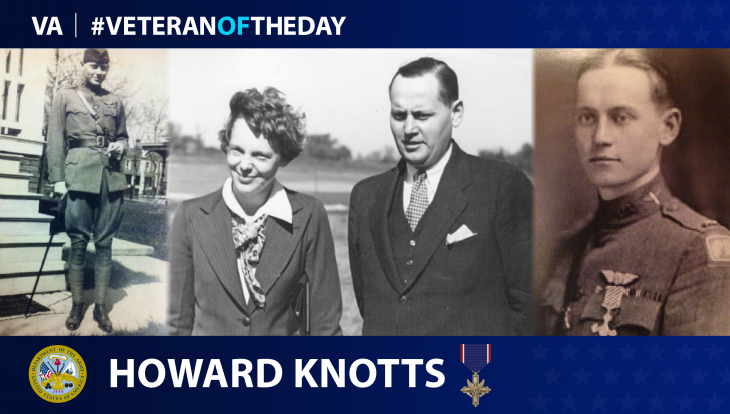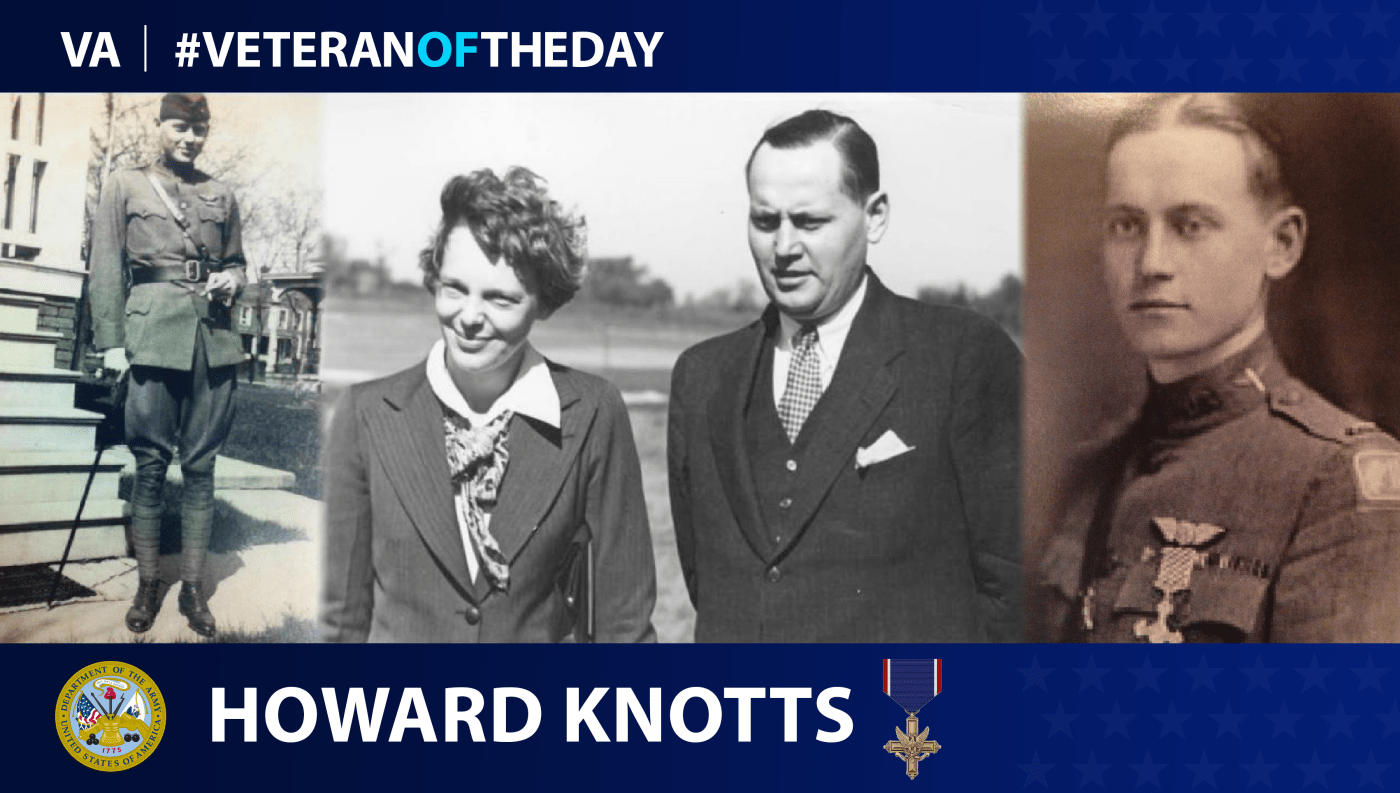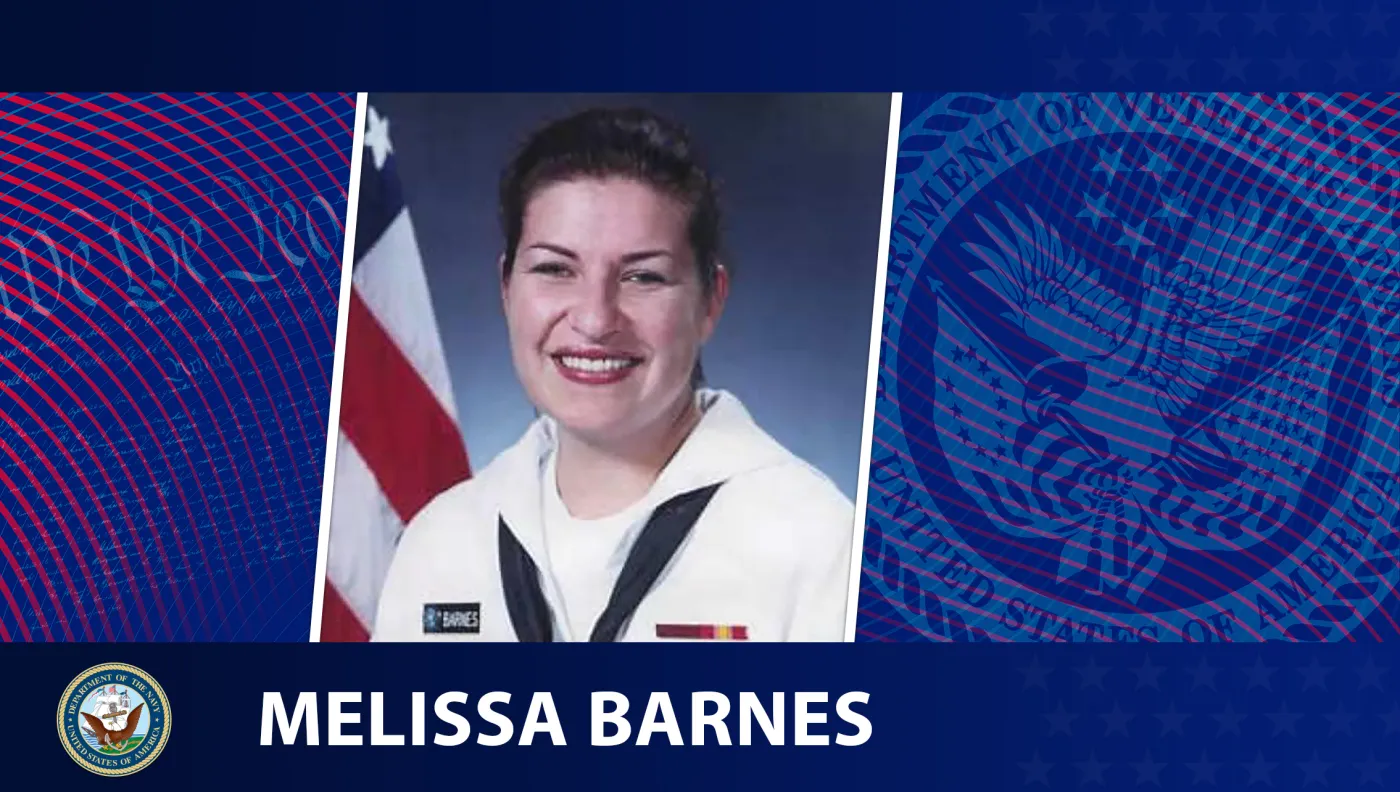
Today’s #VeteranOfTheDay is Army Veteran Howard Knotts, who became a prisoner of war after his plane was shot down during World War I.
Born in August 1895 in southern Illinois, Howard Knotts planned to attend law school. His father was a U.S. district attorney, and Knotts wanted to follow in his father’s footsteps. After transferring from Blackburn College in Carlinville, Illinois, Knotts attended Knox College in Galesburg, Illinois, for pre-law studies. In 1917, Harvard University law school accepted him for studies.
However, shortly after enrolling at Harvard, the U.S. joined the war in Europe, and Knotts wanted to serve. He enlisted in the Aviation Section of the U.S. Signal Corps on July 31, 1917. For nine months, Knotts trained with Canadian and American pilots. He deployed to Europe in May 1918, three months after a promotion to second lieutenant.
After several transfers, Knotts became part of the 17th Aero Squadron and 66 American aces. He received a Distinguished Service Cross for defending a fellow pilot from two German aircraft. Knotts managed to shoot down one of the German planes and damaged the other, causing it to flee the battle. He previously shot down two other aircraft before that engagement and would go on to shoot down three more, reaching a total of six planes shot down in one month and seven enemy planes during the war.
Knotts flew his Sopwith Camel biplane until the enemy shot him down on Oct. 14, 1918. Shrapnel wounded him, and the enemy took him prisoner after he landed his stricken plane. As a prisoner of war, he set fire to the transport train he was on, according to newspaper clippings from the time.
Knotts escaped captivity once but was recaptured and remained a prisoner of war until the hostilities ended on Nov. 11, 1918. Due to his injuries, he was forced to remain in Europe for several months before heading back to the U.S.
In addition to receiving a Distinguished Service Cross, Knotts also received a British Distinguished Flying Cross, General Service Medal, and Belgian Croix de Guerre.
Knotts returned to Harvard and finished the law degree he had been pursuing after coming home, graduating in 1921. That same year, he married his wife, Charlotte Ann Sterling.
After experiencing aviation firsthand, Knotts decided to specialize in aviation law, becoming the American Aeronautical Association’s general counsel. He later assisted the Illinois legislature with aviation-related bills, and in 1934, he became the chairman of the Illinois State Bar Association’s section on aeronautical law. Knotts was also friends with fellow aviators Charles Lindbergh and Amelia Earhart.
He passed away from a heart attack on Nov. 23, 1942.
We honor his service.
Nominate a Veteran for #VeteranOfTheDay
Do you want to light up the face of a special Veteran? Have you been wondering how to tell your Veteran they are special to you? VA’s #VeteranOfTheDay social media feature is an opportunity to highlight your Veteran and his/her service.
It’s easy to nominate a Veteran. Visit our blog post about nominating to learn how to create the best submission.
Contributors
Writers: Katherine Berman and Jarrett Dodson
Editors: Amra Kandic and Cassidy Reid
Fact checker: Caroline Seyer
Graphic artist: Helena Strohmier
Topics in this story
More Stories
This week’s Honoring Veterans Spotlight honors the service of Marine Corps Veteran Opha May Johnson, who served during World War I.
This week’s Honoring Veterans Spotlight honors the service of Navy Veteran Melissa Barnes, who died while serving on Sept. 11, 2001.
This week’s Honoring Veterans Spotlight honors the service of Army Veteran Pamela Dorothy Donovan, who served as a nurse in Vietnam.






We honor the service of Howard Knotts.